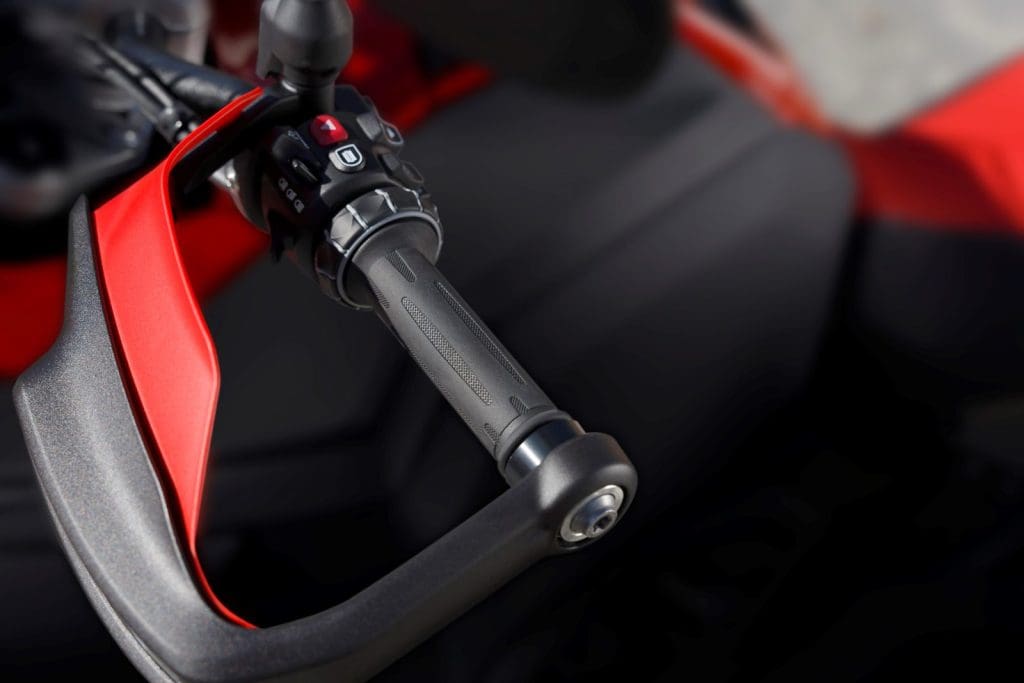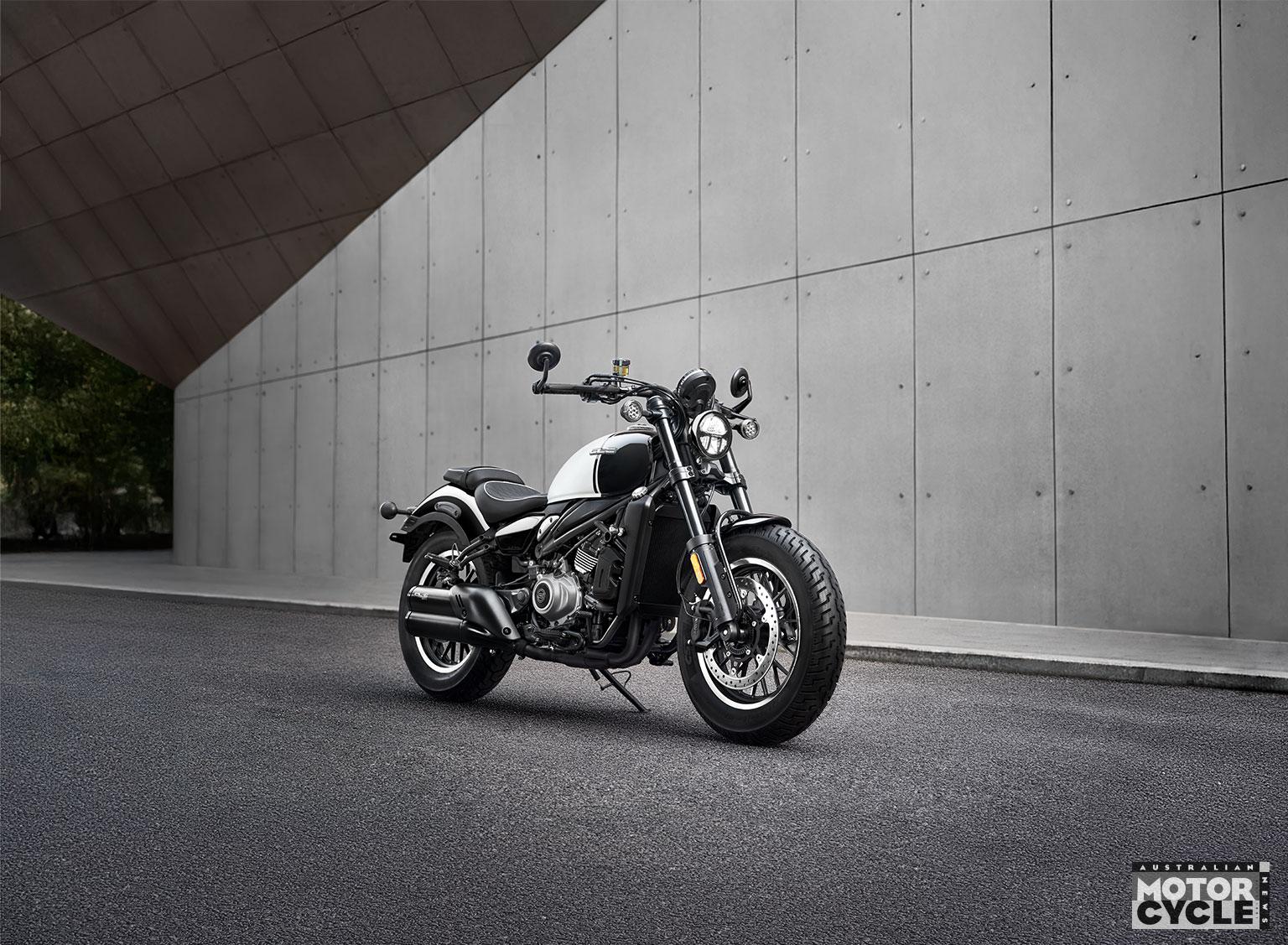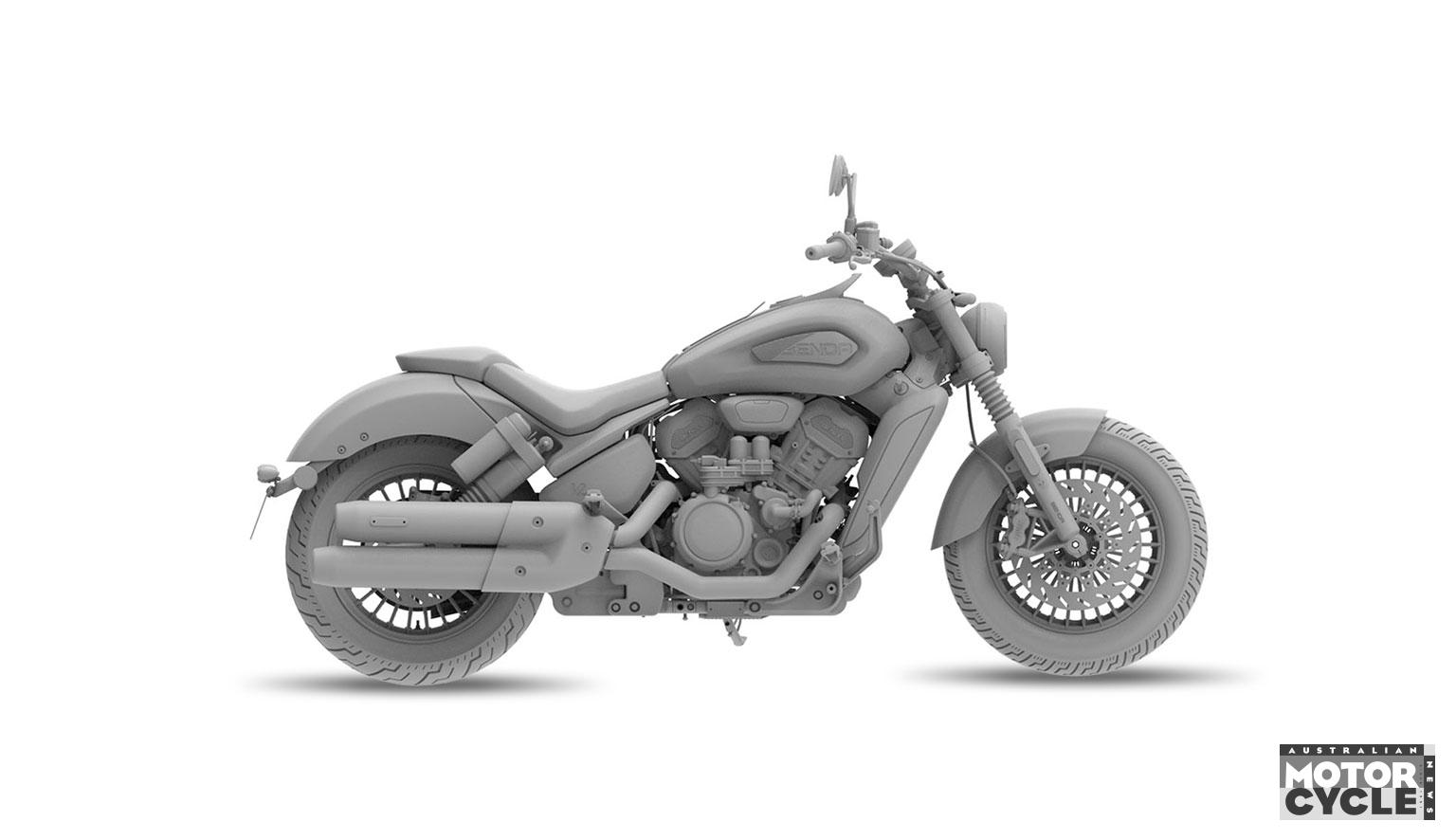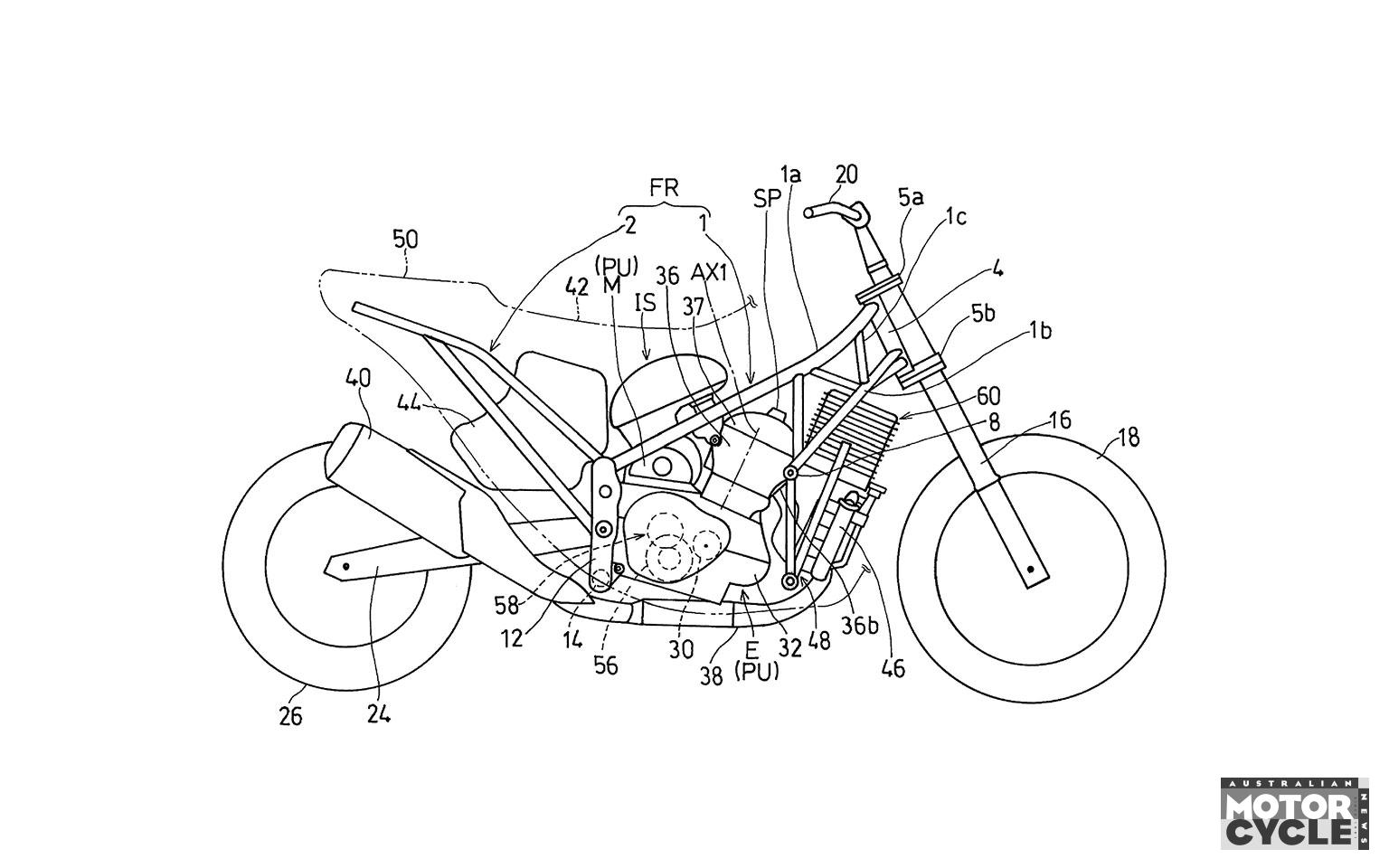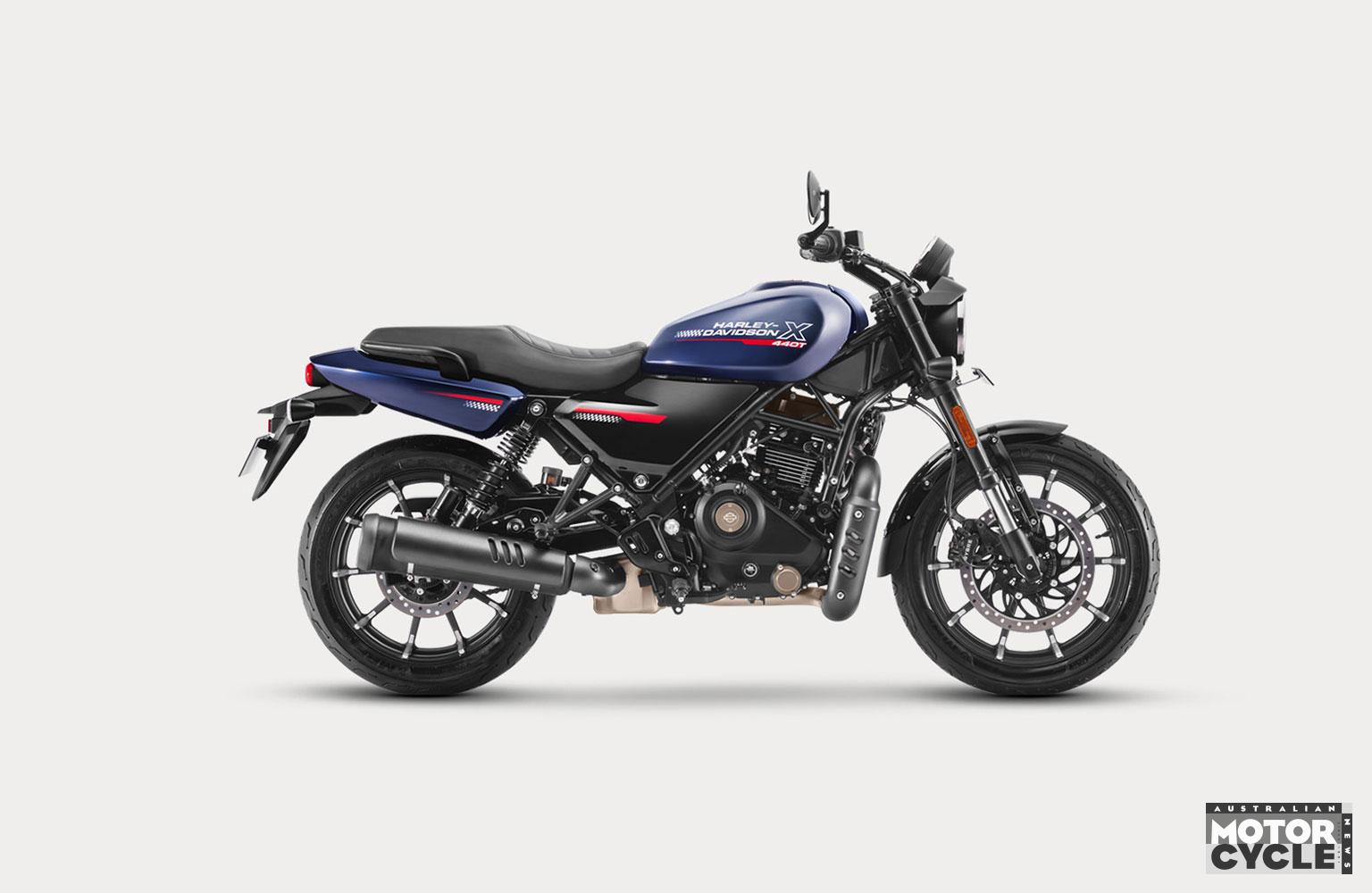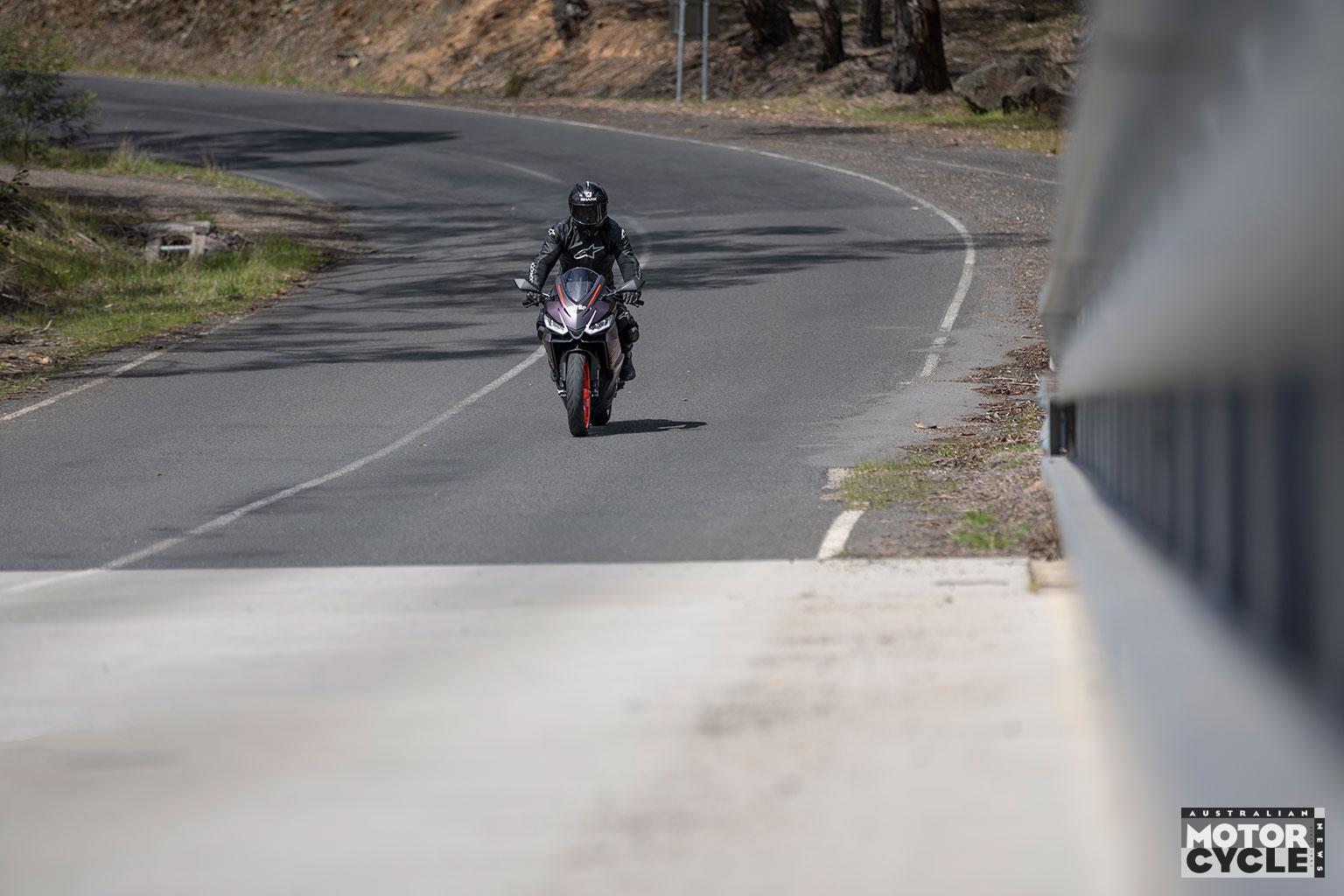For decades motorcycle manufacturers have struggled to come up with an appealing alternative to the traditional hand clutch and foot shifter but recent trends show there’s growing acceptance for semi-auto shifters and now BMW is getting in on the action with its new Automated Shift Assistant.
Set to be launched later this year as an option on an as-yet-unconfirmed range of models – probably the R 1300 GS and the upcoming R 1300 GS Adventure that should be unveiled in the next few months – the Automated Shift Assistant (ASA) allows fully-automatic or semi-automatic gear changes and eliminates the ’bar-mounted clutch lever.
Mechanically, the system isn’t as complicated as Honda’s DCT (Dual Clutch Transmission), which allows seamless electronically-controlled shifts thanks to a pair of clutches that allow two gears to be selected simultaneously. However, it’s a more heavily integrated design than Honda’s new E-Clutch option on the CB650R and CBR650R, which only automates clutch operation and leaves the mechanical gearshift unaltered.
BMW’s ASA uses two electro-mechanical rotary actuators, one for the clutch and the other for the gearshift, operated by a Transmission Control Unit (TCU) that’s connected to sensors for an array of information including revs, speed, gear position and more.
The clutch actuator, mounted on the back of the engine, operates a hydraulic master cylinder that’s connected to a conventional clutch slave cylinder, giving it full control over the clutch. There’s no conventional clutch lever (unlike the Honda E-Clutch, which retains a manual control to let the rider override the computer’s decisions), and the TCU and clutch actuator are designed to ensure smooth shifts, to prevent stalls and allow you to pull away and come to a halt without having to worry about operating the clutch at all.
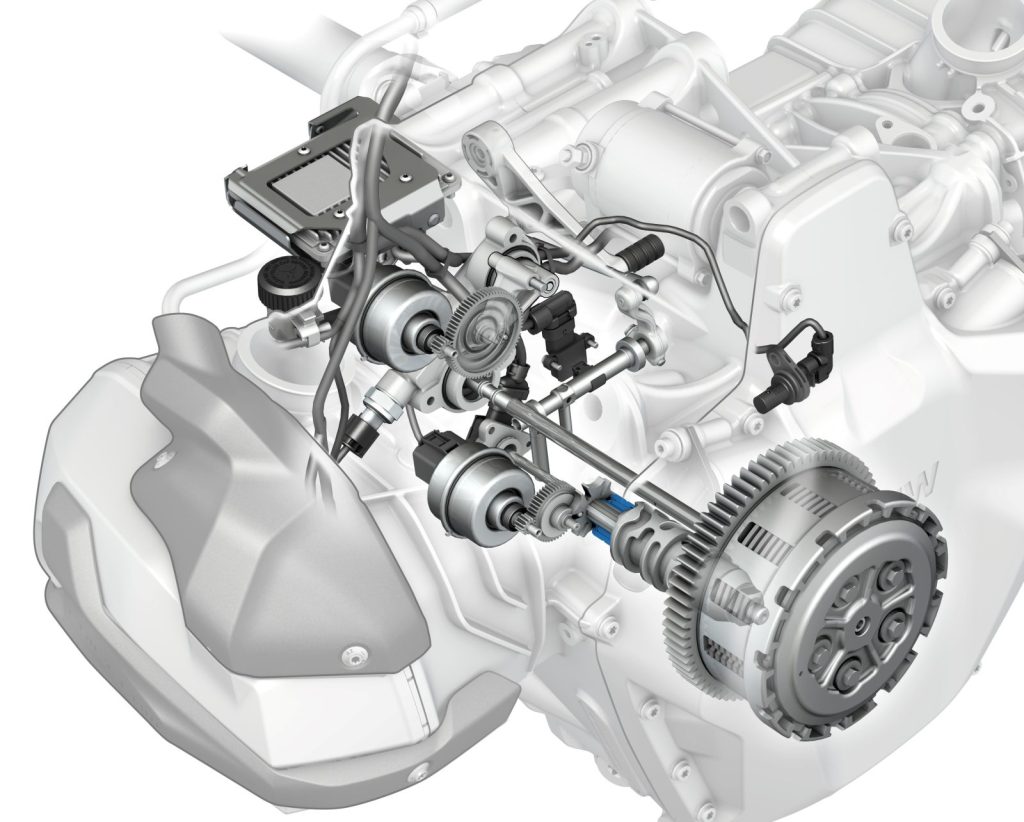
A second rotary actuator is integrated into the transmission. Instead of using a linear servo to operate an otherwise-conventional shifter, the rotary actuator connects to the gear selector drum via a Geneva drive mechanism that translates its rotating output into stepped motions, giving positive engagement for each gear. There’s still a normal-looking, foot-operated gear shifter on the left, but it’s connected to microswitches rather than having a mechanical linkage to the shift drum.
Like Honda’s DCT the BMW ASA system allows the bike to shift gears itself in a fully-auto mode or to be controlled by the rider in a semi-automatic ‘manual’ setting. A single button on the left ’bar switches between ‘D’ (fully-auto) and ‘M’ (semi-auto) modes. In ‘D’ the bike does all the work – you just control the speed using the throttle and brakes, it decides which gear is needed. In ‘M’ the shifts are done using the foot control, but without any need to worry about the clutch.
There have been plenty of attempts at automatic bikes over the years, ranging from Honda’s old Hondamatics of the 70s to CVTs like Aprilia’s Mana, but traditionally motorcyclists have preferred to do the work themselves. More recently, though, there’s been a growing acceptance of autos, with Honda’s DCT system accounting for around half the sales on the models it’s available on, including the Africa Twin. BMW will have noted that and realised that it currently has no option for riders who want the bike to look after its own gearshifts.
Intriguingly, BMW’s press images show the system on a red adventure bike – a colour not offered on the current R 1300 GS – and despite some careful blurring of the background elements it’s possible to pick out details like a two-tone, red-and-black seat. There’s a strong chance that the bike is actually the as-yet-unlaunched R 1300 GS Adventure, which will be an ideal platform for the new ASA transmission.
WORDS: BEN PURVIS
